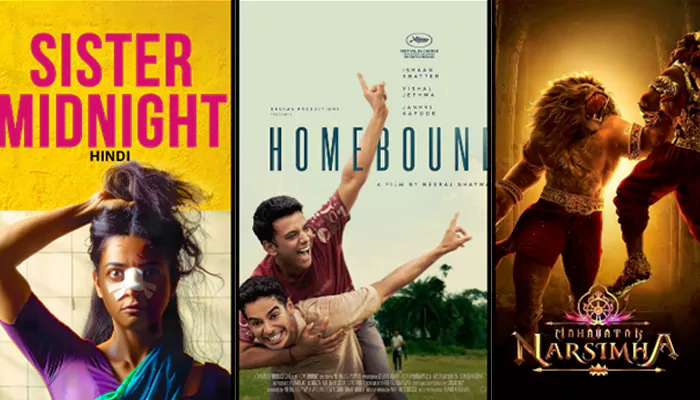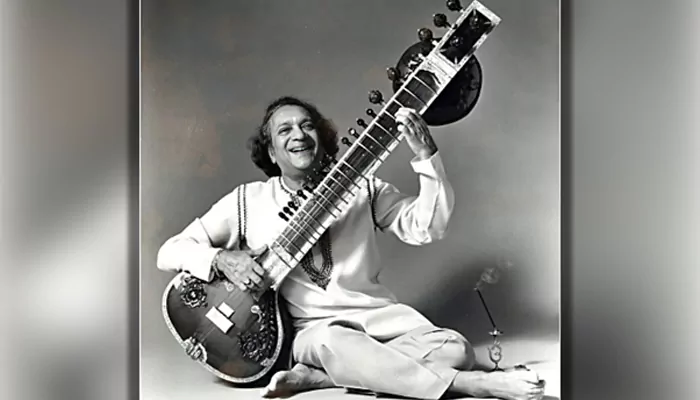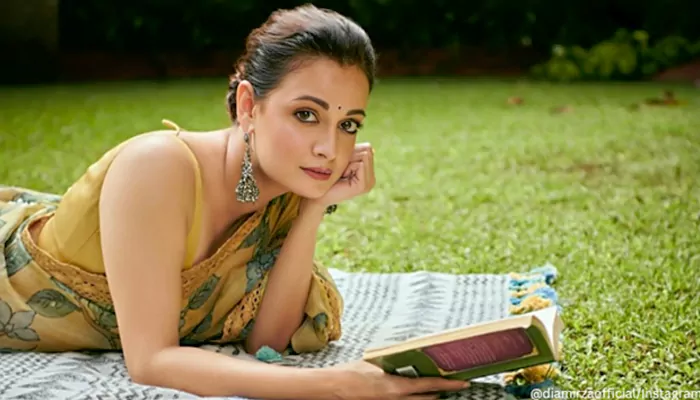100 Years of Raj Kapoor: The Lesser-Known Facts About the Visionary Behind Bollywood’s Golden Age
- Shruti Sharma
- 1 year ago
- 3 minutes read

Did you know that Ranbir Kapoor is named after his grandfather, Ranbir Raj Kapoor?
No mention of Hindi cinema’s illustrious history is complete without celebrating Raj Kapoor, whose name is synonymous with Bollywood’s golden age. Born Ranbir Raj Kapoor on December 14, 1924, Raj Kapoor was the eldest of six children of Prithviraj Kapoor. While his father laid the foundation for Indian cinema, Raj Kapoor elevated it to extraordinary heights by crafting stories that tugged at heartstrings and crossed borders to charm global audiences. Even today, his films are a cultural bridge for India in countries like Russia and the former Soviet republics.
On the occasion of his 100th birth anniversary, here’s a dive into some lesser-known yet fascinating facts about this cinematic genius.

A Cannes Connection
While Satyajit Ray often takes the spotlight for Indian representation at Cannes, Raj Kapoor’s contributions are equally noteworthy. He was twice nominated for the prestigious Palme d’Or grand prize, first for Awaara (1951) and later for Boot Polish (1954).
The Clark Gable of India
Raj Kapoor was often likened to Hollywood’s Clark Gable because of his consistent box-office success and charismatic screen presence. The comparison highlights how Kapoor’s on-screen charm and cinematic brilliance resonated with audiences, much like Gable’s did in Hollywood.

Awaara’s Timeless Performance
Time magazine rated Raj Kapoor’s performance in Awaara as one of the top 10 greatest performances of all time. The film dealt with themes of class struggles and redemption captivated Indian audiences. The film also captured hearts internationally, which cemented Kapoor’s legacy as an actor of unmatched depth.
Credit: rajkapoorsahab/@instagram
A Launchpad for Legends
Kapoor’s influence on Bollywood extended beyond acting and directing. He introduced musical maestros Shankar-Jaikishan and lyricists Hasrat Jaipuri and Shailendra to the industry. Their collaborations produced iconic songs that became the soul of his films, ensuring their timeless appeal.
A Musical Dreamer
Before becoming a celebrated actor and director, Raj Kapoor harboured dreams of becoming a music director. Though fate led him down a different path, his deep understanding of music enriched his films. This passion made him Bollywood’s youngest film director at the age of 24, marking the beginning of an illustrious career.

Life Imitates Art
The romantic scene in Bobby where Rishi Kapoor meets Dimple Kapadia for the first time drew inspiration from Raj Kapoor’s real-life meeting with Nargis. This anecdote reflects his penchant for weaving personal experiences into his narratives, adding authenticity and emotion to his films.
Unforgettable Collaborations
Kapoor’s friendships and collaborations were as legendary as his films. At Dilip Kumar’s wedding, the baraat was led by a star-studded trio: Prithviraj Kapoor, Raj Kapoor, and Dev Anand. Such moments underscore the camaraderie of Bollywood’s golden era.

As we celebrate 100 years of Raj Kapoor, his lesser-known stories and achievements remind us of his unparalleled contribution to cinema. A visionary who seamlessly blended art with commerce, Kapoor’s legacy as the “Greatest Showman of Bollywood” remains as vibrant today as it was during his lifetime. This centenary isn’t just a milestone; it’s a celebration of a man whose art transcends time and borders, forever etching him in the annals of cinematic greatness.












